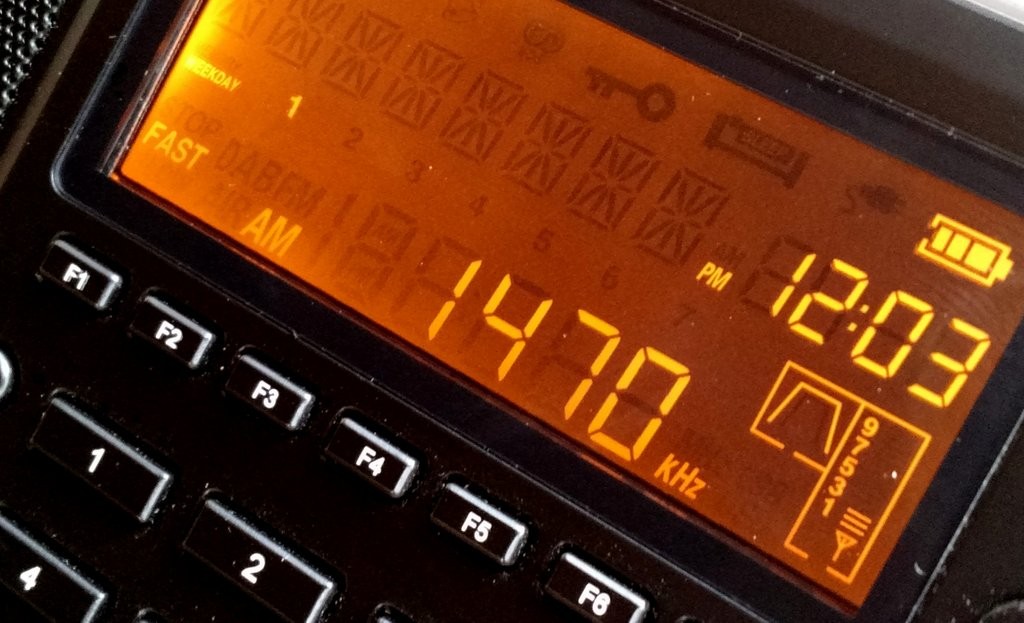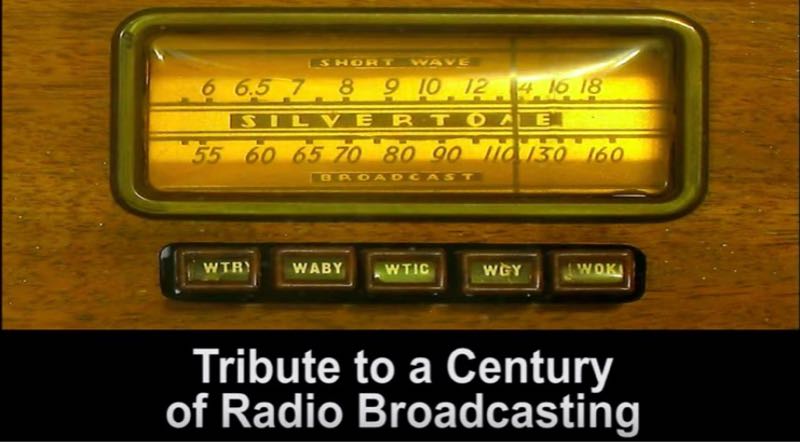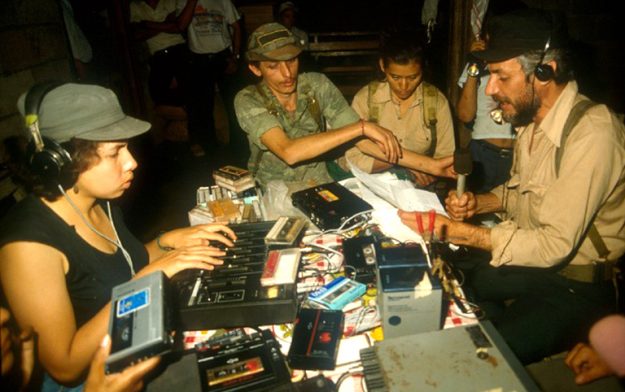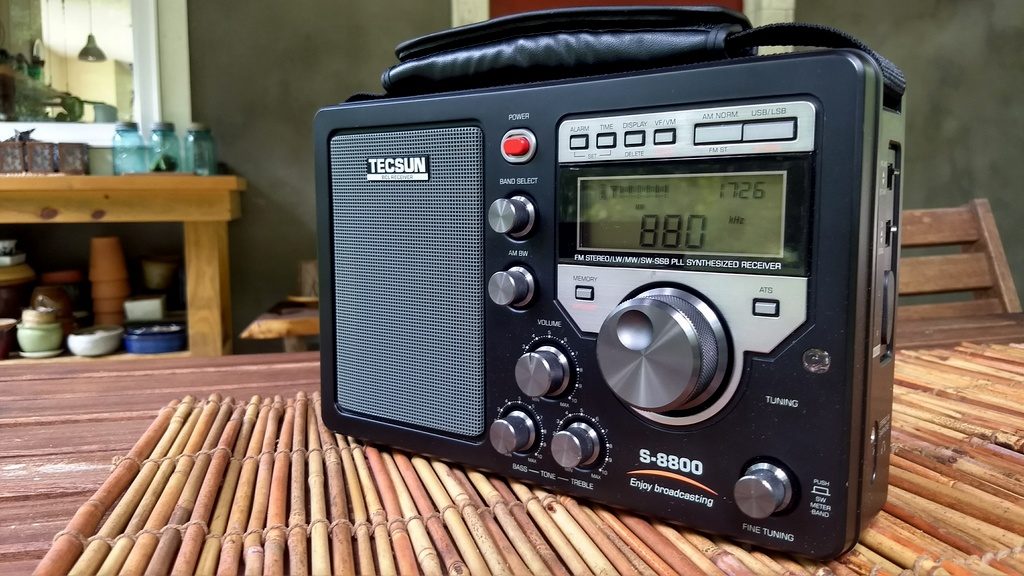Many thanks to SWLing Post contributor, Dan Robinson, who shares the following note posted by Paul McClane at Radio World:
For those who want to sound off to the FCC about using all-digital on the AM band — either “fer it” or “agin it” —- the comment deadlines now are set.
Comments are due March 9, reply comments are due April 6.
As RW has reported, the FCC recently released a notice of proposed rulemaking to establish rules governing all-digital broadcasting by AM radio stations in the United States.
Read the NPRM here. The NPRM number is 19-123.
Click here to read at Radio World.
As we mentioned yesterday, this proposal is certainly in the final stages at this point.





